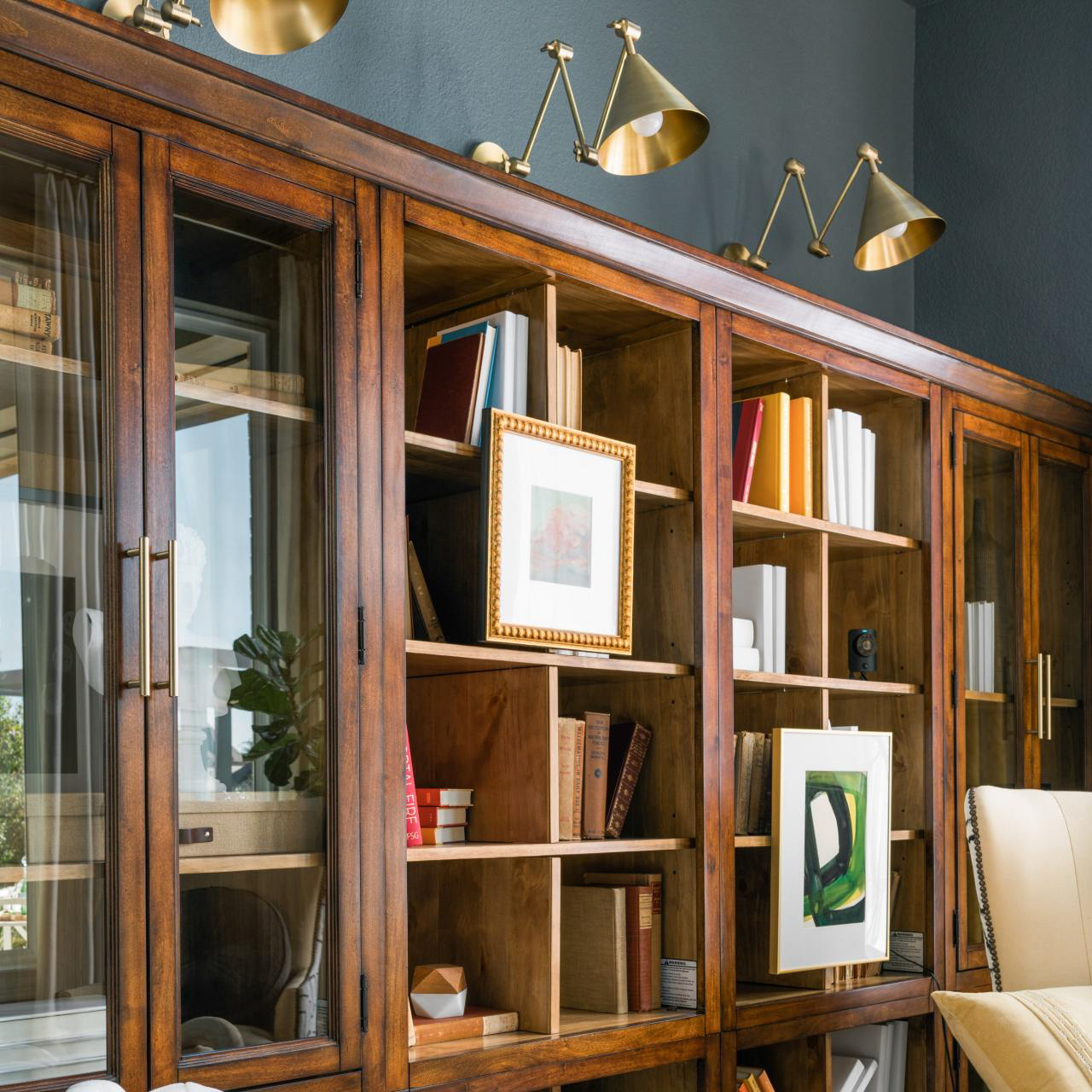
Lighting up Japanese Culture: The Art of Japanese Lighting Design
Introduction
Lighting plays a crucial role in Japanese culture, particularly in traditional Japanese architecture and interior design. Japanese lighting design is not just about creating a well-lit space, but it also reflects the Japanese philosophy of simplicity, harmony, and respect for the environment. This article aims to explore the art of Japanese lighting design, its history, and its impact on modern-day Japanese architecture.
History of Japanese Lighting Design
Japanese lighting design has a rich history dating back to the earliest days of Japanese civilization. In ancient times, lighting was provided by candles and oil lamps, which were often placed in stone lanterns that lined the pathways of temples and shrines. With the introduction of electricity in the late 19th century, Japanese lighting design evolved to include new techniques and materials.
In the early 20th century, a new style of lighting design emerged, known as the ‘wa’ style, which means Japanese or Japanese-style. This style is characterized by the use of natural materials such as paper, wood, bamboo, and silk, and the use of warm, subdued lighting. The wa style embodies the Japanese aesthetic of minimalism, simplicity, and harmony.
Features of Japanese Lighting Design
Japanese lighting design emphasizes the harmony between light and shadow, with the aim of creating a calming and peaceful atmosphere. The use of paper and silk lanterns, shoji screens, and washi paper shades allows for a soft, diffused light to fill the room. The placement of lamps and fixtures is also crucial, with the focus on highlighting specific areas and objects within a space.
Another important aspect of Japanese lighting design is the use of sustainable and eco-friendly materials. Traditional lamps and lanterns were often made from natural materials such as rice paper, bamboo, and wood, which are biodegradable and renewable. Today, designers continue to incorporate sustainable materials into their designs, such as LED lights and energy-efficient bulbs, to reduce energy consumption and minimize environmental impact.
Application of Japanese Lighting Design in Modern Architecture
Japanese lighting design has had a significant impact on modern-day architecture, particularly in Japan. Many contemporary architects continue to embrace the principles of Japanese lighting design, utilizing natural materials and soft, diffused lighting to create a sense of tranquility and serenity in their designs.
One notable example is the work of architect Tadao Ando, who has incorporated Japanese lighting design into many of his projects, such as the Church of Light and the Water Temple. In these designs, Ando uses light to create a meditative atmosphere, with the emphasis on the interplay between light and shadow.


